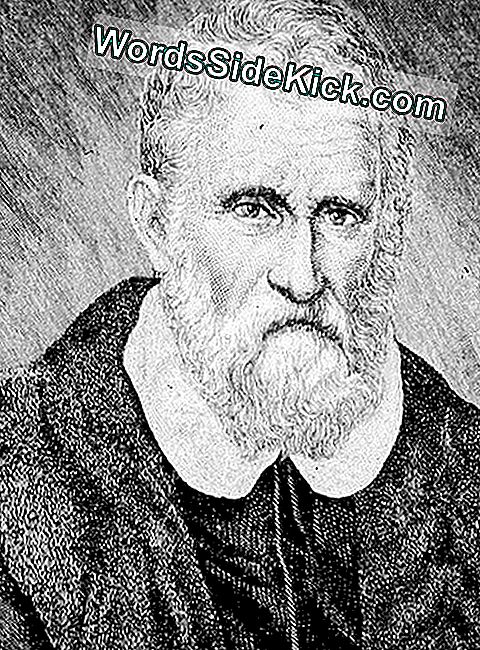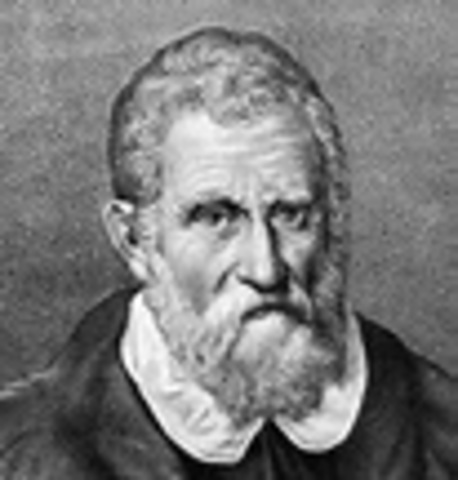
Printed edition by Giovanni Battista Ramusio. Conserved only by one manuscript, called the Toledo manuscript.Sloane 251 (British Library) or Donà dalle Rose 224 (The Museo Correr Library) Represented by Hamilton 424 (Staatsbibliothek zu Berlin), Ambros Y 162 p.s (Biblioteca Ambrosiana) and others.

It was so successful that it supplanted the original text for a few centuries an annotated specimen was even in the possession of Christopher Columbus.Translation by the Dominican Friar Francesco Pipino of Bologna, carried out on behalf of the Dominican Order. “l’Ottimo” by Niccolo degli Ormanni (Biblioteca Nazionale di Firenze).264 (Bodleian Library), [or the most famous one BNF Fr2810 (The Bibliothèque nationale de France) 1116 (The Bibliothèque nationale de France), MS. However, most of the manuscripts can be categorized into a few distinct groups.įor example, the first English translation, “The most noble and famous travels of Marco Polo”, first published in 1579 by John Frampton, is based on Castilian version “Cosmographia breve introductoria en el libro de Marco Paulo” by Rodrigo de Santaella from 1503, which in turn is a translation of the VA verion of the text.

Shortly after the book was written, it was translated into many European languages, some likely even in Marco Polo’s own lifetime, but the original manuscripts are now lost. If you have any suggestions, you can add comment to any cell. The map is generated from this Google Spreadsheet document.


 0 kommentar(er)
0 kommentar(er)
